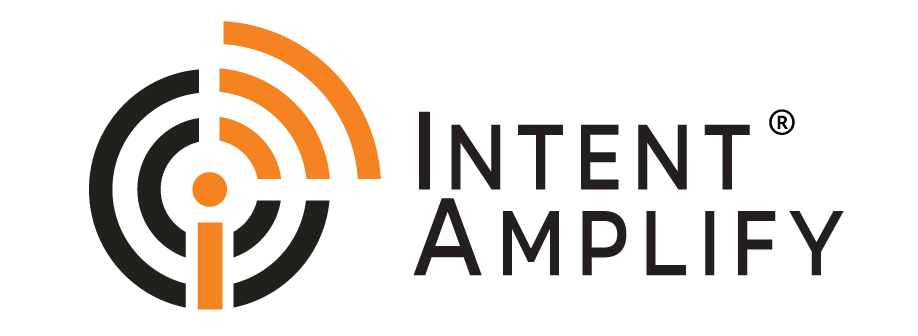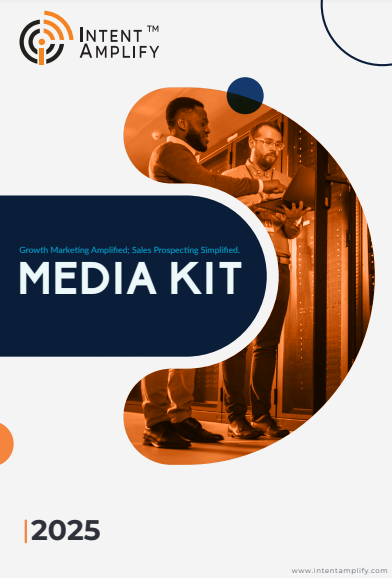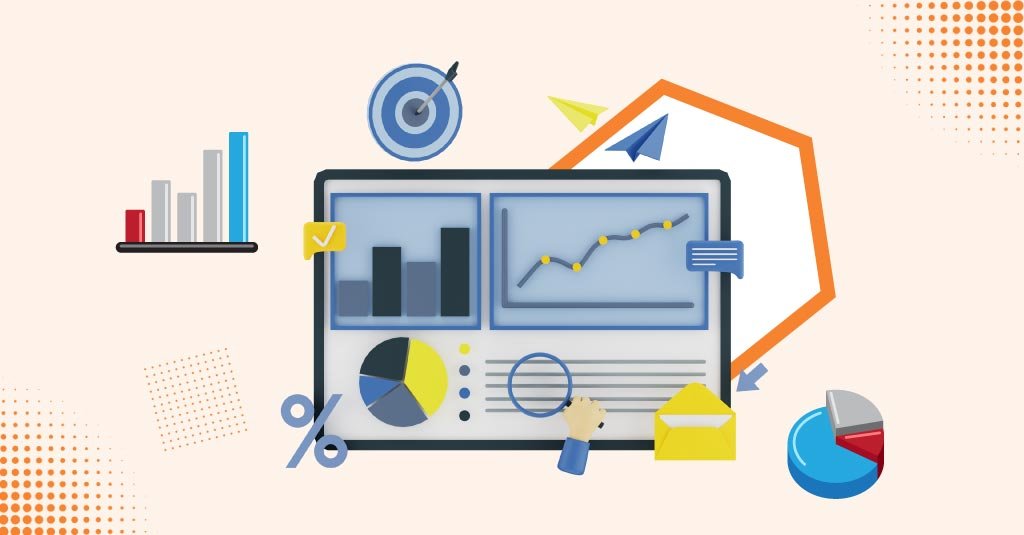
How Predictive Analytics Enables B2B Demand Forecasting?
- Last updated on: August 12, 2024
B2B Demand Generation Strategy Challenges
Accurately forecasting B2B demand in the traditional sense comes with its own set of challenges. There are several common issues in the old approach including incomplete and inaccurate data, historical data, subjective inputs from the marketing team, and dynamic shifts or volatility of the market.
Challenges in Traditional Forecasting
For example, outdated customer information, incorrect product pricing, or any other data can influence the result. Likewise, biased inputs from the marketing/sales department can lead to over/underestimating of pre-sales data. And not to forget the changing economic environment. All these factors contribute to the challenges in traditional B2B demand forecasting.
The Solution: SAS Predictive Analytics
One solution to overcome these challenges is to utilize predictive analytics to maintain accurate B2B businesses demand forecasting. Let us first understand what predictive analytics is.
What is predictive analytics?
Predictive analytics is the use of statistical models to predict future outcomes and performance. Predictive analytics takes into account current trends and historical patterns to determine if these patterns can occur again. This allows businesses and investors to manage their resources to take advantage of possible future events. This greatly improves operational efficiency and reduces risk.
The flow of predictive analytics
Predictive models have been used by data scientists all over the world to identify the relationship between different elements of selected datasets. After the completion of data collection, a statistical model is built and trained to generate predictions. Here is a workflow for a better understanding.
Identifying the problem:
Is there any problem that could be solved once you are better at understanding the future outcome? If there is, then that is a good and essential first step. For example, forecasting demand for upcoming holidays or predicting the effects of general elections on stock prices and so on.
Analyzing the data flow and collection mechanism:
An organization typically has its own mechanisms to collect data through a predefined data flow. This is identified before developing the predictive analytics model and organized in a data warehouse.
Organizing the raw data:
Raw data is of no value by itself and requires sanitizing to treat any anomalies, missing data points, or extreme outliers, which could have resulted from input or measurement errors.
Developing predictive statistical models:
Data scientists have their toolkit to develop predictive models such as machine learning, regression models, and decision trees — based on the problem and the available dataset.
Cross-verifying and publishing the results:
The models can be adjusted according to the accuracy of the results and then made available to stakeholders via an app, website, or data dashboard.
The Role of Predictive AI models Analytics
Predictive analytics principally operates on information derived from a lot of data. But this data crunching takes time and effort. The recent developments in technology such as artificial intelligence (AI), data mining, and machine learning help predictive analytics. These models determine relationships, patterns, and structures in data that can be used to conclude how changes in the underlying processes that generate the data will change the results.
Applications of Predictive Models
Predictive models find their usage in various applications, including weather forecasts, translating voice to text, investment portfolio strategies, and customer service. All of these applications use descriptive statistical models of existing data to make predictions about future data. This aspect of predictive can certainly be helpful for B2B demand forecasting.
How Accurate Forecasting Boosts B2B Revenue
As seen before, traditional B2B demand forecasting methods can often lead to stocking out or overstocking – both of which are detrimental to business. In an ideal world, predicting the exact demand for your B2B product or service would be possible. In reality, this can in fact be achieved through predictive analytics.
By leveraging historical data, market trends, and customer behavior patterns, predictive analytics can provide us with a far more accurate picture of future demand.
Key Benefits For Business:
For business, this translates to several key benefits:
- Accurate Inventory Management: Knowing the demand in advance can certainly help you either speed up your manufacturing process or slow it down and invest the saved money in other areas of your business such as customer satisfaction.
- Improved Resource Allocation: Knowing exactly what and how much to produce allows you to allocate resources more effectively. Marketing and sales teams can focus their efforts on products with high predicted demand, maximizing their impact.
- Enhanced Pricing Strategies: Accurate forecasts empower you to set competitive prices and tailor promotions strategically. You can anticipate periods of high demand and adjust pricing accordingly, maximizing revenue opportunities.
- Improved decision-making: Improving strategic decision-making Predictive analytics takes demand forecasting away from mere operations and makes it a strategic priority. Businesses can make better use of their inventory management by utilizing more dependable forecasts to strike a balance that reduces both stockouts and inventories. This assists in saving costs, optimizing cash flow, and improving customer satisfaction rates by ensuring compliance.
In addition, with this data, businesses can make many other strategic decisions than just demand forecasting. For example, they can evaluate market trends and demands and make better decisions about developing products, marketing campaigns, trying new markets, and so forth.
Examples of predictive analytics to forecast B2B demand in action
Many B2B companies already use predictive analytics to determine their market demand. Here are 2 examples in which businesses leveraged the power of predictive analytics.
- A manufacturer of industrial equipment used predictive analytics to foresee a surge in demand for a specific product line due to an upcoming regulatory change. By ramping up production beforehand, they avoided stockouts and captured significant market share.
- A distributor of medical supplies leveraged predictive analytics to predict seasonal fluctuations in demand for flu vaccines. This allowed them to optimize inventory levels and ensure they had enough stock to meet peak demand, preventing potential shortages during flu season.
Conclusion
Predictive analytics is no longer a futuristic concept, it’s a powerful tool that top B2B businesses can leverage today to gain a competitive edge. By achieving accurate forecasting, you unlock a world of possibilities for boosting revenue, streamlining operations, and exceeding customer expectations.
